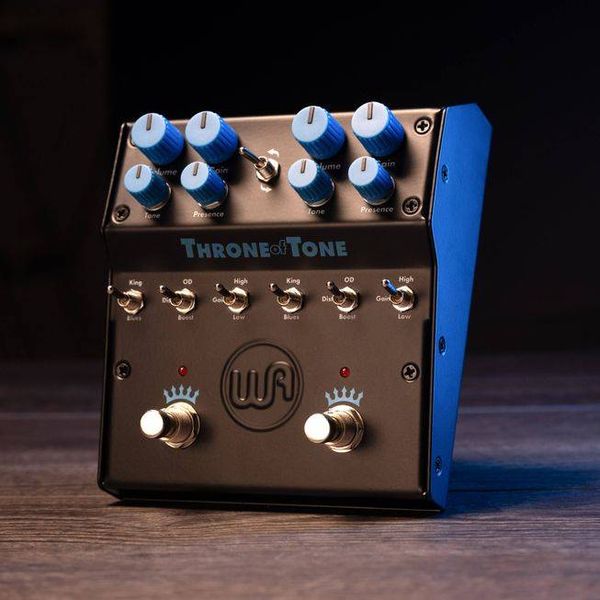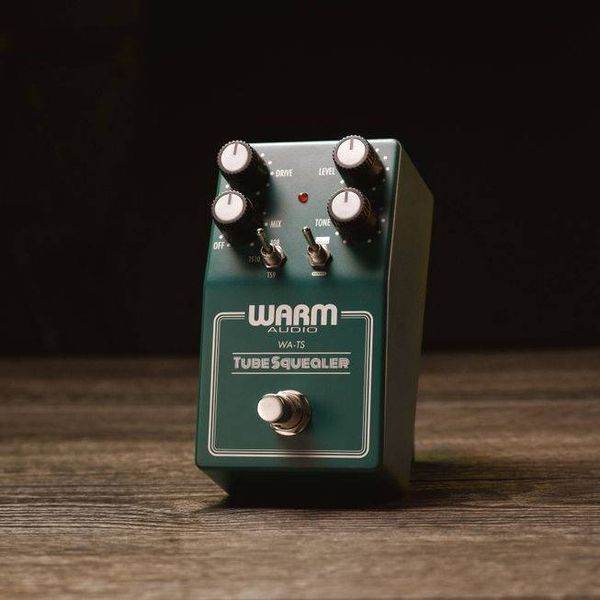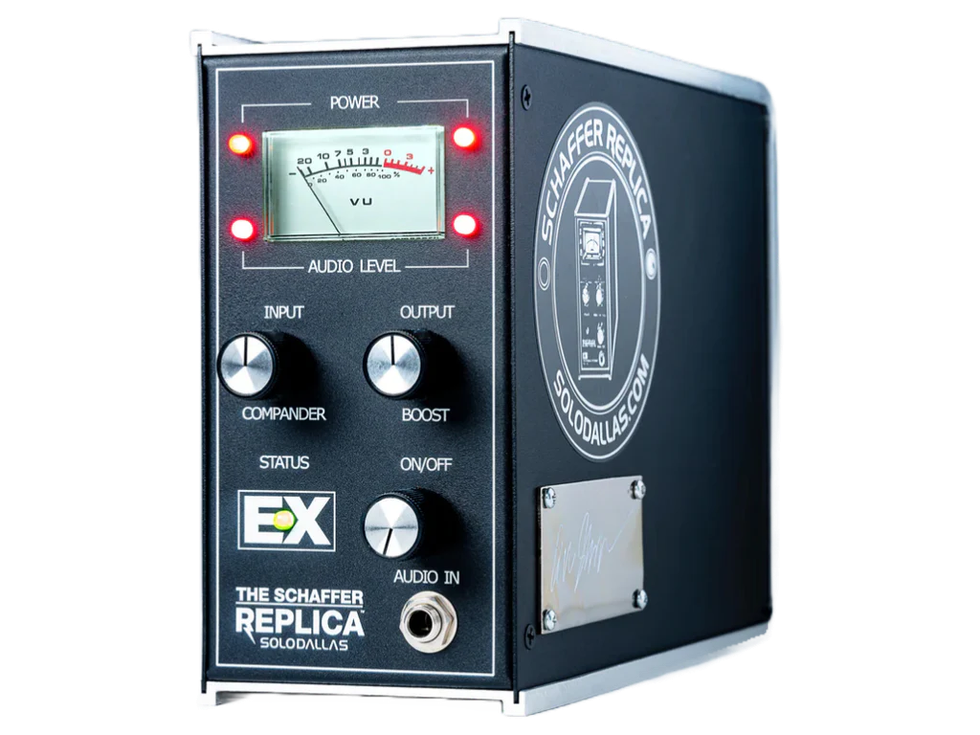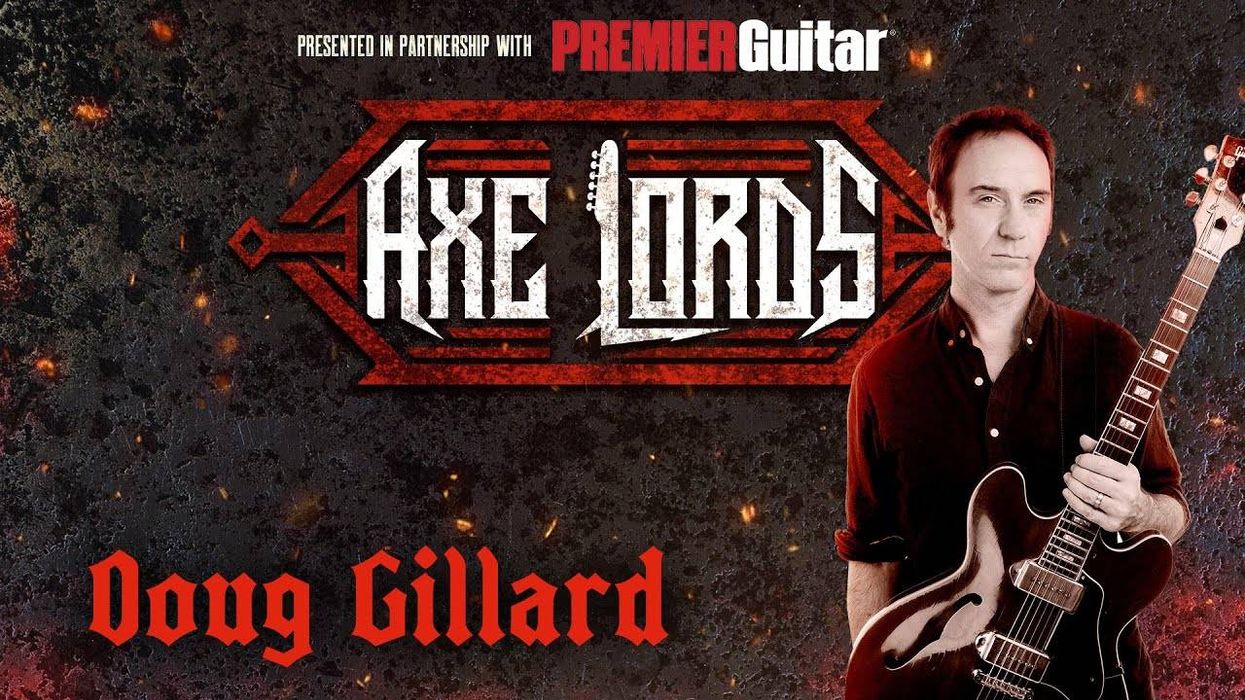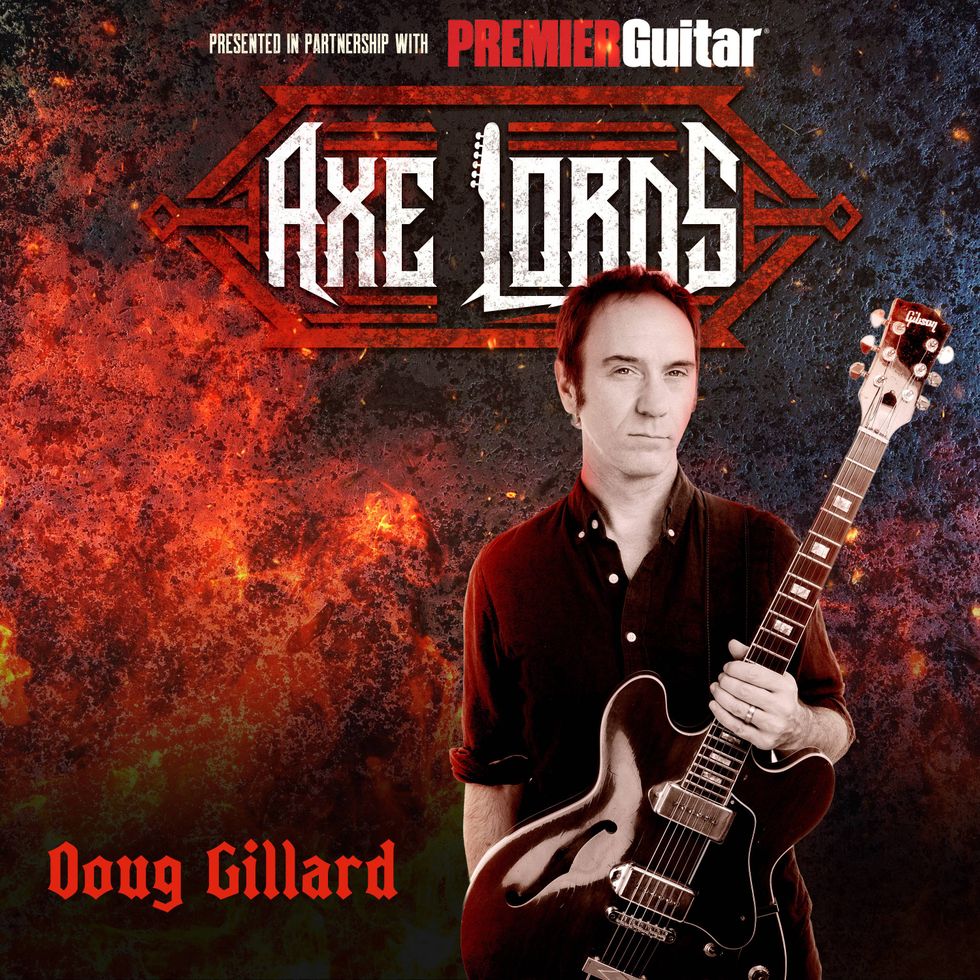Though J. Rockett builds excellent effects outside the drive realm, you get the feeling that the company loves a tasty overdrive first and foremost. Various incarnations of their Archer OD are regarded as among the finest klones available. Lately, they’ve delved into drives built to capture the essence or specific needs of high-profile players. The PXO Boost and Overdrive may be designed for Bon Jovi guitarist Phil X, but its capabilities transcend arena rock.
“The range in each of the effects alone, and the surprising ways that the controls interact with each other, are what makes the PXO a surgeon’s scalpel.”
A primary source of the PXO’s flexibility is its ability to switch the order of boost and overdrive. But the range in each of the effects alone, and the surprising ways that the controls interact with each other, are what makes the PXO a surgeon’s scalpel. Extremes in the boost’s tilt EQ control, for example, can sound excessive. The trebliest of these settings, though, can be an incredible asset when coaxing presence and cut in a lead from a muddy amp. That opens up many more possibilities when used in conjunction with the overdrive section’s flexible bass and treble controls, which in turn take on vastly different characteristics depending on where you set the equally interactive output volume and gain. The PXO was conceived as a tool for coping with changing backlines. But the PXO is so adaptable in that capacity that it significantly enhances the vocabulary of a single guitar, too. While I spent most of my time with the PXO using a black-panel Vibrolux and a Jazzmaster, the PXO made it easy to coax sounds that you could sell as a chunky humbucker to a blindfolded listener








